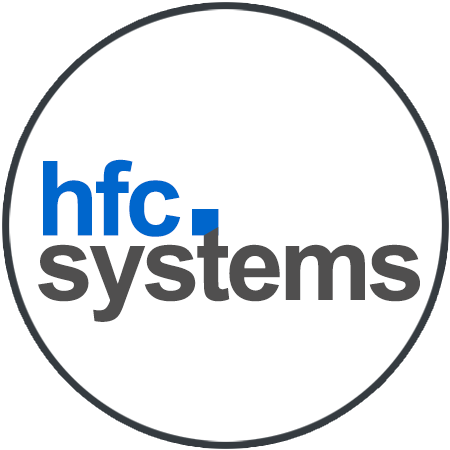
What is FTTC?
FTTC stands for fibre to the cabinet broadband, which is the most widely available type of fibre broadband. Over 90% of premises can get FTTC in some form.
With FTTC, a fibre optic cable is solely used to transmit data from your provider to the telephone cabinet in your area. The ‘cabinet’ in that abbreviation refers to the green cabinets you will have seen on street corners and pavements. Fibre optic lines are routed into these cabinets, but then the remaining distance between the cabinet and your home is covered by slower, copper cables. Fibre to the cabinet (FTTC), then, really means ‘fibre cables only as far as the cabinet’, with the copper element covering the final distance, slowing down the potential top speed of your broadband significantly.
The so-called ‘last leg’ of the journey from the cabinet to your home/premises is covered by copper wire, which isn’t as efficient at transmitting data.
Consequently, while FTTC broadband is faster than standard broadband, it’s nothing like as fast as FTTP. Which uses fibre cables and only fibre cables for the entire way.
As an OFCOM Registered ISP, we’re positioned to offer a number of broadband
technologies to deliver broadband to our customers – ranging from ADSL through to FTTC, FTTP through to 4G – all supported by our helpful front-line team and support desk, backed up with physical line repairs through Openreach
So how fast is FTTC?
Fibre to the Cabinet (FTTC) broadband comes in three main variants which offer a downstream line connection speed of 80 meg (80 Mbps), 55 meg (55 Mbps) or 40 meg (40 Mbps), but the actual maximum throughput speed of the service will be slightly lower than this at around 76 / 52 / 38 Mbps. Different upstream speeds are available at either 2Mbps or 10Mbps on the 40 Mbps variant, with 10 Mbps on the 55 Mbps version and finally 20 Mbps up on the 80 Mbps
Not everyone will receive the maximum speed as it depends on the length of your phone line to the cabinet which is providing your broadband service, it should be noted that since all the FTTC services rely on the same VDSL2 technology that unless you are getting the maximum speed from a 40 Mbps product upgrading to a 55 or 80 Mbps product will not boost your speeds.
FTTC pros
Very widely available. And from a wide selection of providers
Download speeds are ample for most households
Cheaper than FTTP. So it’s a good bet if you’re on a pretty tight budget
Installation very unlikely to require an engineer visit
FTTC cons
Speeds are a fraction of FTTP
Some providers offer FTTC without a landline
Upload speeds are slow compared to FTTP
Your home’s distance from the cabinet will affect your speeds
If you need more information on how to get our broadband services, please get in touch! https://www.hfcsystems.com/contact-us/

